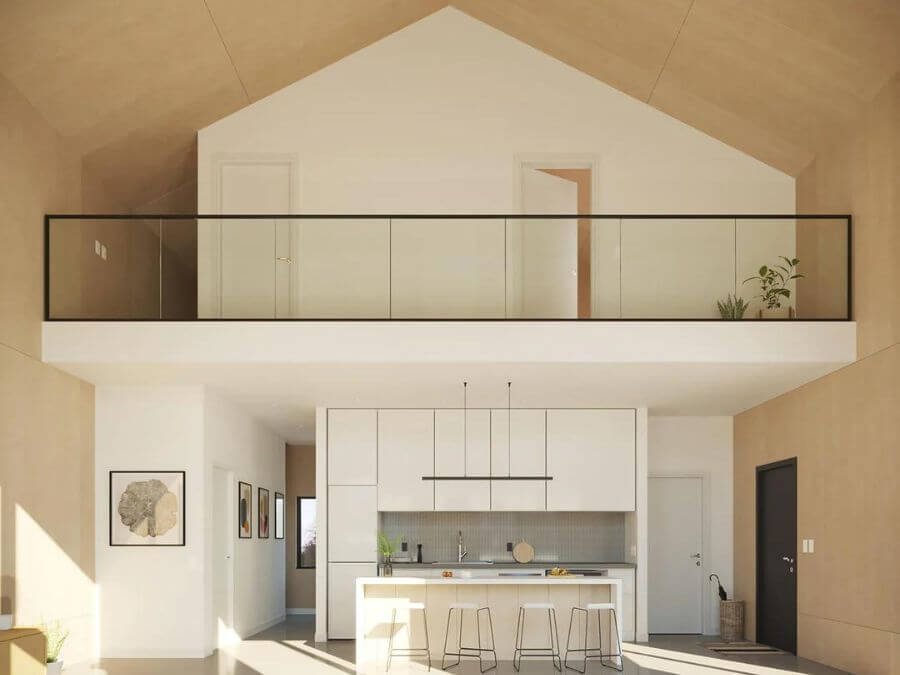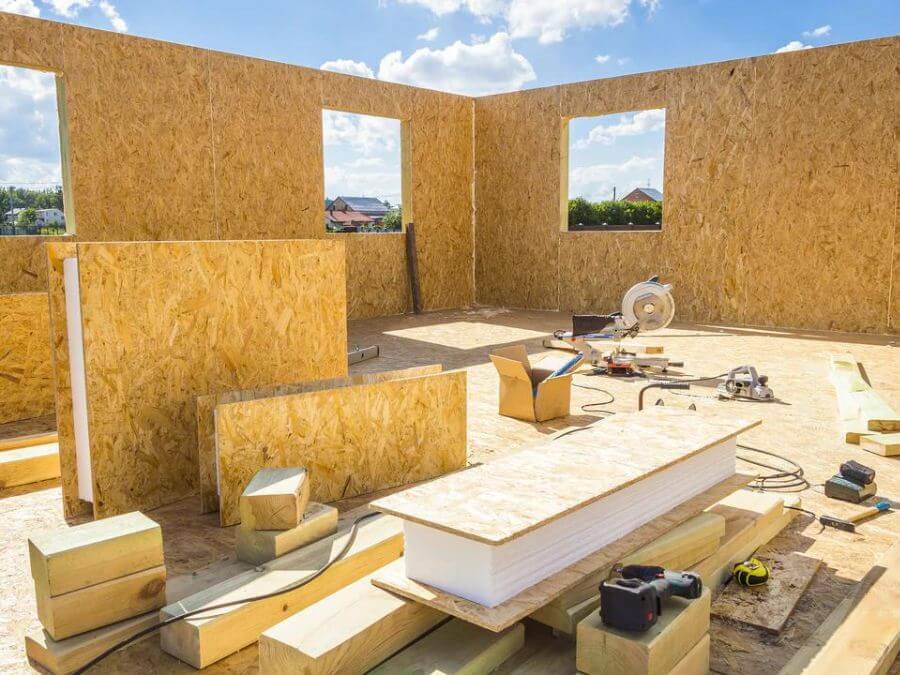For many homeowners, the kitchen is a sacred space. A space for creativity, artistry, and connections to be made between one another.
When designing a new home, you want to strike the right ambiance while incorporating your personal taste or brand in your kitchen design. The color palette of a kitchen can help accomplish this.
Developing a Color Plan
Many elements go into choosing kitchen color combinations. You want colors that make you happy, but you also need to keep in mind how those colors affect the look and feel of the space.
For example, painting the walls your favorite shade of dazzling pink may be invigorating to you but jarring to others gathering in the kitchen.
And what about adjoining rooms? You don’t want your kitchen colors to clash with the colors in your nearby living room or dining room, especially if these are open living spaces.
To develop your ideal kitchen palette, start with your desired cabinet colors. Then choose the colors for your walls, countertops, flooring, and backsplash. Bringing home paint samples or chips can help you identify harmonious color palettes and how those combinations look in your kitchen.
Additionally, think about ways to use what you already have—minor accessories like a kettle, potted plant, or set of linens can still add to your ideal color plan.
While you want your colors to blend well, don’t shy away from adding vibrant colors and giving your kitchen a bit of life. For example, if that radiant shade of pink is still on your mind, consider an accent wall, some stylish dinnerware and stemware, or even various lighting fixtures.
Whatever colors you decide, it’s always good to do some research before you begin. Below are three examples to inspire and inform you on your kitchen design journey.
Black or Dark Color Scheme

Design by Oliver Leech Architects & Image by Building Narratives via Dwell
Lining the wall are bold and stark black cabinets with thick wooden slats in a row. A matte black sink and gold faucet sit below them. A deep gray, marble backsplash with white accents borders the walls behind.
A dark shade for your new kitchen can give your home a regal appearance. Typically, a darker color design makes the biggest impact in homes with an abundance of natural light.
On the other hand, if your kitchen design is on the smaller end and lacks natural light, using only dark colors may make the space feel limited.
However, if darker, warm colors like cobalt blue, deep orange, or deep green are your priority, open shelving or a splash of two-toned colors can complement and open up the room.
If you’re a homeowner with little ones or pets, deep blue or other dark colors for your kitchen may be a brilliant idea, since these darker hues show fewer scuffs and marks.
Furthermore, having charcoal black or a shade of dark navy or blue as your kitchen’s main color theme allows you to play with a bold pop of color, like burnt orange bar stools or brick-red knobs.
Wood Texture Color Scheme

Design by Stewart-Schafer & Image by Alice Gao via Dwell.
The delicate ornamentation of soft maple wood comprises an ample range of cabinets both below and above the counters. Custom stainless-steel countertops stretch across the abounding length, contrasting in its bold, modern splendor.
A free-standing kitchen island boasts the same muted shade as that of the cabinets, along with a clean white granite top. A gray, polished concrete floor tops off the look, while the focal point of the ensemble is still the homage to the perpetual prestige of wood.
The tantalizing range of details that wood provides will never go out of style. Designing your kitchen colors around the classic colors, patterns, and familiar feel of wood can create an attractive contrast.
Wood is not only inviting but also highly sustainable. There are many different kinds of wood nature has to offer. The versatility is endless among the rich jewel tones of pine, maple, cherry, oak, and beyond.
Wood is a very durable brand of material and a tough defendant against scratches as it maintains its signature class.
However, having wood as the focal point of your kitchen's color design will likely come at a higher cost. Wood is typically more expensive than other options and needs to be cleaned with special products for wood surfaces.
White or Light Color Kitchen Scheme

Design by Walker Warner Architects & Image by Matthew Millman via Dwell.
Cabinets painted pure white extend in a straight line, with matte bronze handles for easy access. Stretching across the endless wall, the pristine cabinets create ample counter space for chopping fresh fruits and leafy green vegetables.
A wood-top island sits across from a stainless-steel gas stove and a sleek silver sink, all set to the tune of a modest ivory and gray granite backsplash.
If you are going for a pure, angelic, and open feel to your kitchen, choosing a lighter or white color may be the route to take. Lighter tones like light yellow, orange, or blue tend to give a kitchen a bright, airy feel, weaving in a combination of distinct calm and elegance.
Contrary to darker color schemes like cobalt blue, deep green, or charcoal black, bright or white colors give energy to spaces that lack access to sunshine from sources like skylights or windows.
If you are unable to incorporate windows in your design or simply do not wish to, using a lighter shade is a fantastic, modern way to brighten up the space.
A major reason lighter or white kitchen tones have grown in popularity over the years is the fact that the brighter shade gives the idea or effect of space. Namely, even kitchens that are smaller by design feel more open with cream, light yellow, or other luminous colors.
The largest and most obvious downfall of this color plan is that it’s easier to see smudges and chipping.
Choose What Fits You
Developing a beautiful, harmonious set of colors for your kitchen is a key ingredient in making the space welcoming and enjoyable to be in. From the cabinets and walls to the countertops and flooring, the possibilities are endless.
At the end of the day, choose colors that will last and will suit your individual tastes. Whether your choices center around a cream hue, a deep shade of blue or violet, or a rainbow of colors, embrace what you’ve chosen and bring to life the hallowed kitchen space that you deserve.




